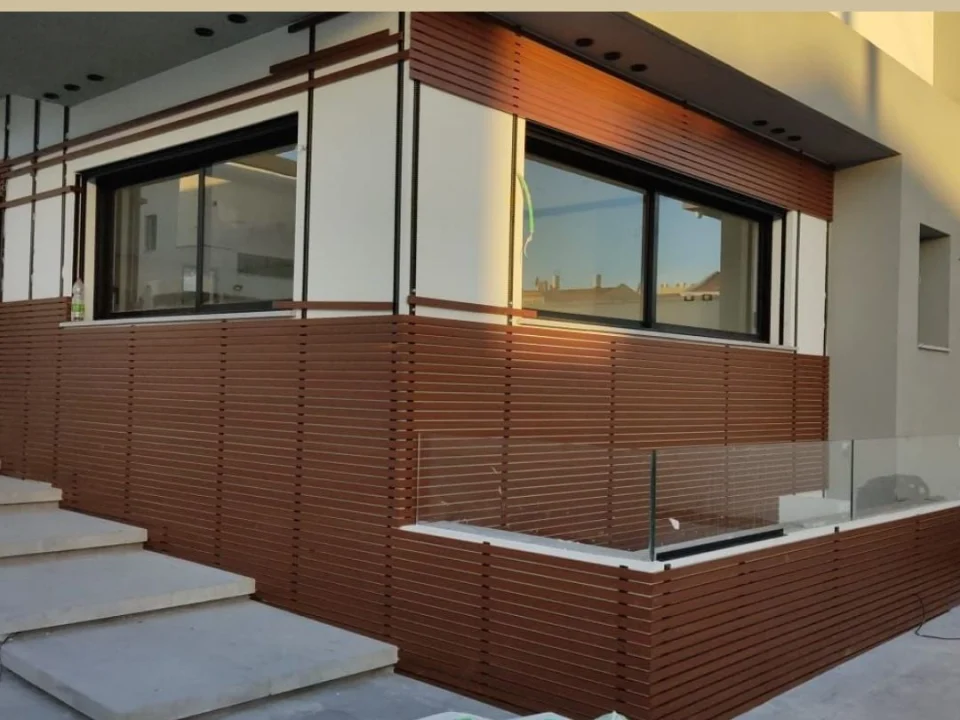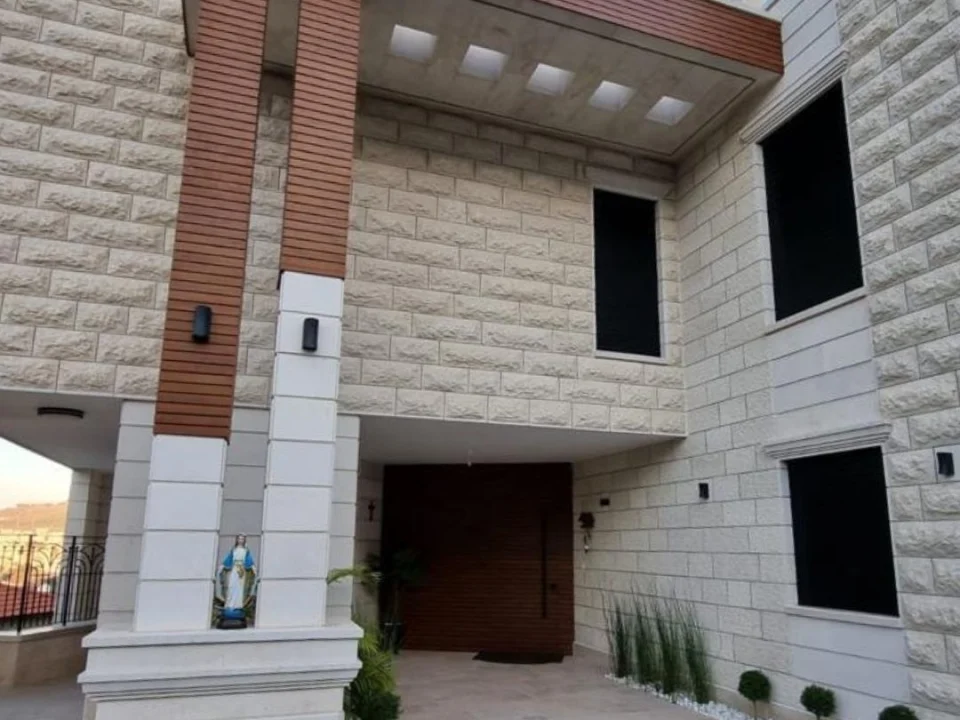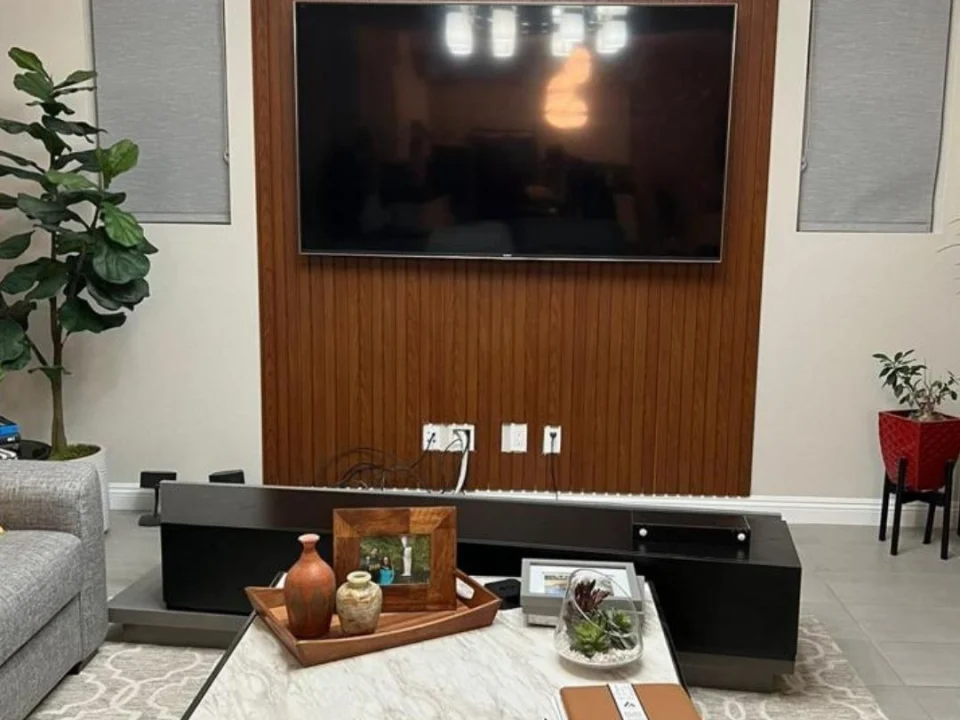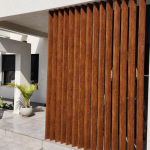
5 Easy Steps to Install GTO Aluminum Click System in Your Home

How to Design Eco-Friendly Roofs with Aluminum Cladding
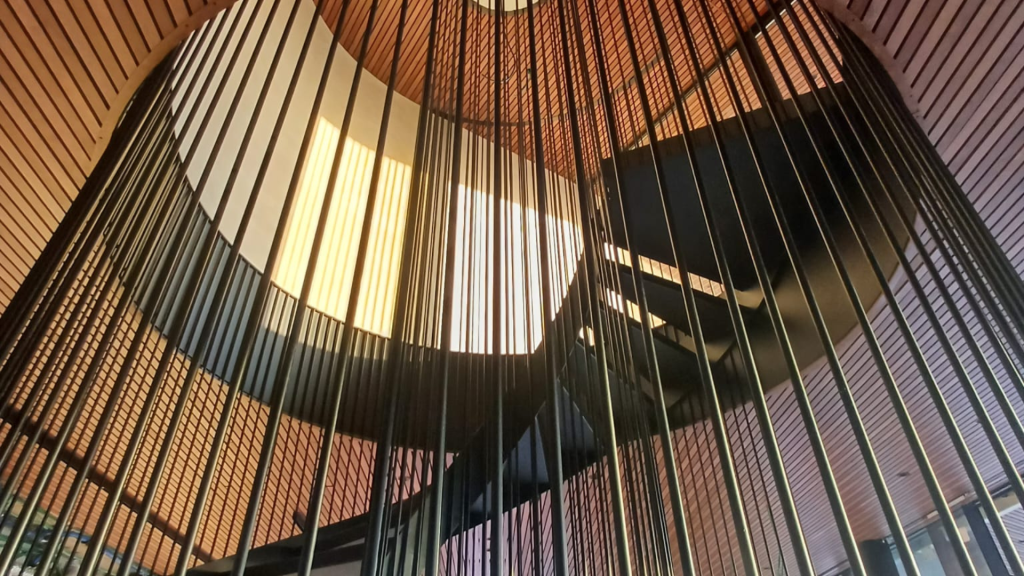
Renovating historical buildings presents a unique set of challenges and opportunities. Balancing the need to preserve the architectural integrity and historical significance of these structures while integrating modern materials and technologies can be a delicate process.
Aluminum cladding has emerged as an innovative solution that addresses both preservation and modernization concerns. Here’s how aluminum cladding can enhance historical building renovations.
The Appeal of Aluminum Cladding
Aluminum cladding offers numerous benefits that make it an ideal choice for renovating historical buildings:
- Durability and Longevity: Aluminum is highly resistant to corrosion and weathering, ensuring that the renovated structures can withstand the elements and maintain their appearance over time.
- Lightweight and Strong: Despite being lightweight, aluminum offers significant strength, making it suitable for a variety of applications without adding undue stress to the existing structure.
- Versatile Aesthetics: Aluminum cladding can be finished in various colors and textures, allowing it to mimic traditional materials or create a striking modern contrast that enhances the building’s visual appeal.
- Sustainability: Aluminum is recyclable, making it an eco-friendly choice that aligns with modern sustainability goals.
Preserving Historical Integrity
One of the primary concerns in renovating historical buildings is maintaining their original architectural features and charm. Aluminum cladding can be customized to replicate the look of traditional materials such as wood, stone, or brick, ensuring that the building’s historical character is preserved. This versatility allows architects and designers to maintain the aesthetic integrity of the building while benefiting from the modern advantages of aluminum.
For example, aluminum cladding can be designed to replicate intricate detailing found in historical architecture, ensuring that even the most delicate features are preserved. This attention to detail is crucial in maintaining the building’s historical significance and ensuring that renovations are respectful of its past.
Enhancing Structural Integrity
Historical buildings often suffer from structural issues due to age and exposure to the elements. Aluminum cladding can provide an additional layer of protection and support, enhancing the building’s structural integrity without compromising its appearance.
The lightweight nature of aluminum means it can be applied to older structures without the need for extensive reinforcement, making the renovation process more straightforward and less invasive.
By protecting the underlying structure from further damage, aluminum cladding helps extend the life of historical buildings, ensuring they can be enjoyed by future generations. This added durability is particularly important in areas prone to harsh weather conditions, where traditional materials may not provide adequate protection.
Improving Energy Efficiency
Modern renovations often aim to improve the energy efficiency of historical buildings, making them more comfortable and cost-effective to maintain. Aluminum cladding can play a significant role in this aspect of renovation. Insulated aluminum panels can be used to create a thermal barrier, reducing heat loss in the winter and keeping the building cooler in the summer. This improved insulation can lead to significant energy savings and a more comfortable indoor environment.
Additionally, aluminum cladding can be combined with other energy-efficient technologies, such as solar panels, to further enhance the building’s sustainability. This combination of modern materials and technologies ensures that historical buildings can meet contemporary energy standards without sacrificing their historical charm.
Versatility in Design
Aluminum cladding offers unparalleled versatility in design, making it suitable for a wide range of renovation projects. Whether the goal is to restore a building to its original appearance or to create a modern contrast, aluminum cladding can be tailored to meet specific design requirements.
This flexibility allows architects to experiment with different styles and finishes, creating unique and visually appealing renovations that honor the building’s history while embracing modern design principles.
For example, a historical building with a traditional brick facade can be enhanced with sleek, modern aluminum accents, creating a harmonious blend of old and new. This approach not only revitalizes the building’s appearance but also showcases the possibilities of combining historical and contemporary design elements.
Conclusion
Aluminum cladding offers a practical and aesthetically pleasing solution for renovating historical buildings. Its durability, versatility, and ability to replicate traditional materials make it an excellent choice for preserving the architectural integrity of historical structures while enhancing their performance and longevity.
By integrating aluminum cladding into renovation projects, architects and designers can breathe new life into historical buildings, ensuring they remain cherished landmarks for future generations.
Contact our team to learn more about our innovative aluminum cladding solutions!


